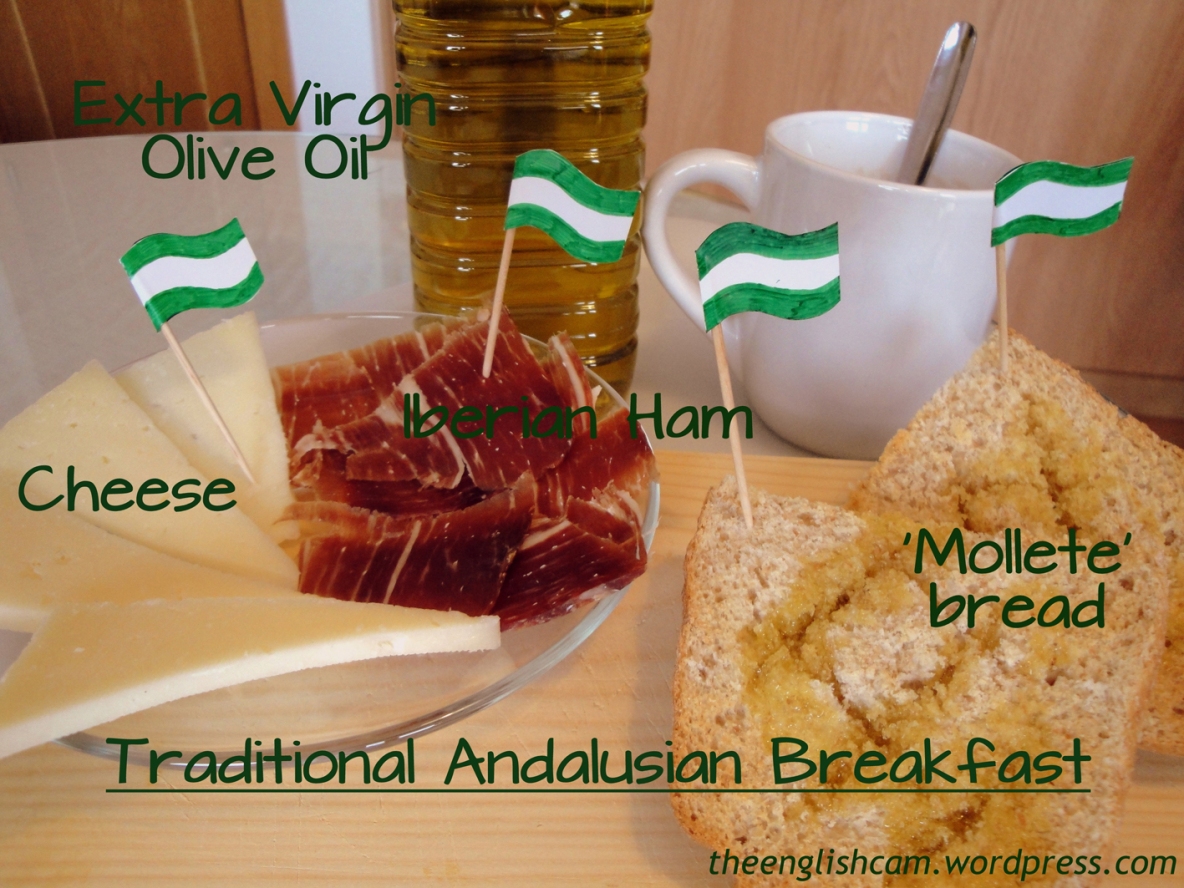Language tip of the week: Easter words
 In this weekly post, we bring more useful content from the Macmillan Dictionary to English language learners. These tips are usually based on areas of English which learners find difficult, e.g. spelling, grammar, collocation, synonyms, etc.
In this weekly post, we bring more useful content from the Macmillan Dictionary to English language learners. These tips are usually based on areas of English which learners find difficult, e.g. spelling, grammar, collocation, synonyms, etc.
This week, we look at some Easter vocabulary.
Easter is a movable feast. The term itself describes a Sunday in March or April when Christians celebrate the time when Jesus Christ died then returned to life according to the Bible. It also refers to the holiday period that includes Easter day. Here are some more useful terms to know:
Easter egg (noun)
1 a chocolate egg that you give to someone as a present at Easter
2 an egg that children decorate in celebration of EasterCultural note: Children often go on Easter egg hunts to find eggs that have been hidden around their home by the Easter bunny.Easter Sunday (noun)
the Sunday in March or April that Easter is celebrated onLent (noun)
the period of 40 days before Easter, starting on Ash Wednesday, when some Christians stop eating or doing something that they enjoyHoly Week (noun)
in the Christian religion, the week before Easter SundayPalm Sunday (noun)
the Sunday before Easter, when Christians remember Christ’s journey to Jerusalem before he diedMaundy Thursday (noun)
the Thursday before Easter when Christians celebrate the last supper of Jesus ChristGood Friday (noun)
the Friday before Easter, which Christians remember as the day that Jesus Christ diedPassion play (noun)
a play about the death of Jesus Christ according to the Bible, often performed at Easterhot cross bun (noun)
a sweet cake for one person, marked with a small cross on the top and traditionally eaten at Eastersimnel cake (noun) (British)
a type of cake containing dried fruit, traditionally eaten at Easter


